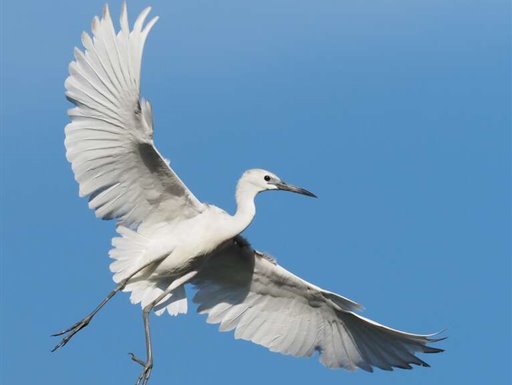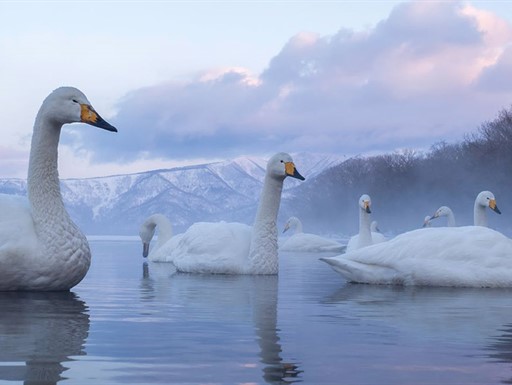Rebecca is a self-taught, multi-award-winning wildlife photographer, naturalist, ecologist, birder & wildlife tour guide originally from Cambridge but now living in the busy northern harbour town of Lerwick on the Shetland Islands with her young family. She co-owns The Noss Boat – Shetland Seabird Tours, Shetland's premier wildlife attraction, runs a small B&B from their townhouse, carries out ecological bird surveys, BTO bird ringing & is a current judge for WildArt Photographer of the Year. She has had hundreds of common & rare UK bird images published in magazines & books & is a natural history author, illustrating & writing a Bloomsbury Photographic Pocket Guide to the Birds of Greece in 2020 & Bloomsbury RSPB Birds of the British Isles in 2024. Her latest accolades include winning the 2023 Individuals & Populations category in the British Ecological Societies 'Capturing Ecology'' competition, and being the Overall Winner of the competition in 2021. Rebecca is also photo editor for the Birds of Fair Isle due out in 2025 & has been commissioned for three more forthcoming Bloomsbury bird books.
I have always enjoyed the more artistic approach to nature photography, creating something visually stimulating and pleasing to the eye; something that would look good on the wall. There are two distinct styles to my bird photography: I take some of my images for more standard books and magazine use, for standard illustrative and identification purposes which can include taking close-up shots of rare and scarce UK birds, but I also love the more artistic and interesting bird images that are more focused on pleasing compositions, lighting and space, where and I have developed a clean, modern style, often bordering on natural abstracts.
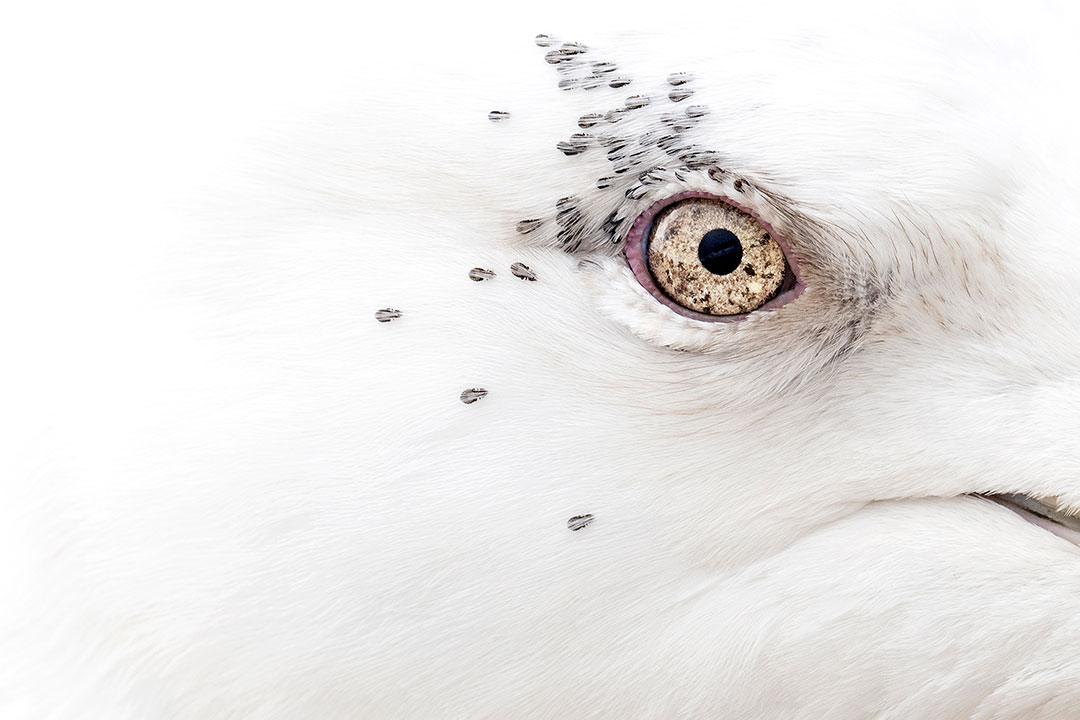
(Kumlien's Gull and Friends, Lerwick Harbour)
I grew up in a family of naturalists where weekends were filled with walking, birding and fossil hunting at home. Holidays were always bird-orientated adventures, often to far-flung and exciting destinations, and I was able to nurture a real passion for birding. Photographing birds was a natural progression from watching them around age ten using my Dad’s rather limited photographic equipment, and so I was thrilled to reach the finals of the Young Wildlife Photographer of the Year with a picture of a very approachable Palestine Sunbird from a holiday in Israel. The experience was like rocket fuel for my enthusiasm and photographic development at a very young and influential age.
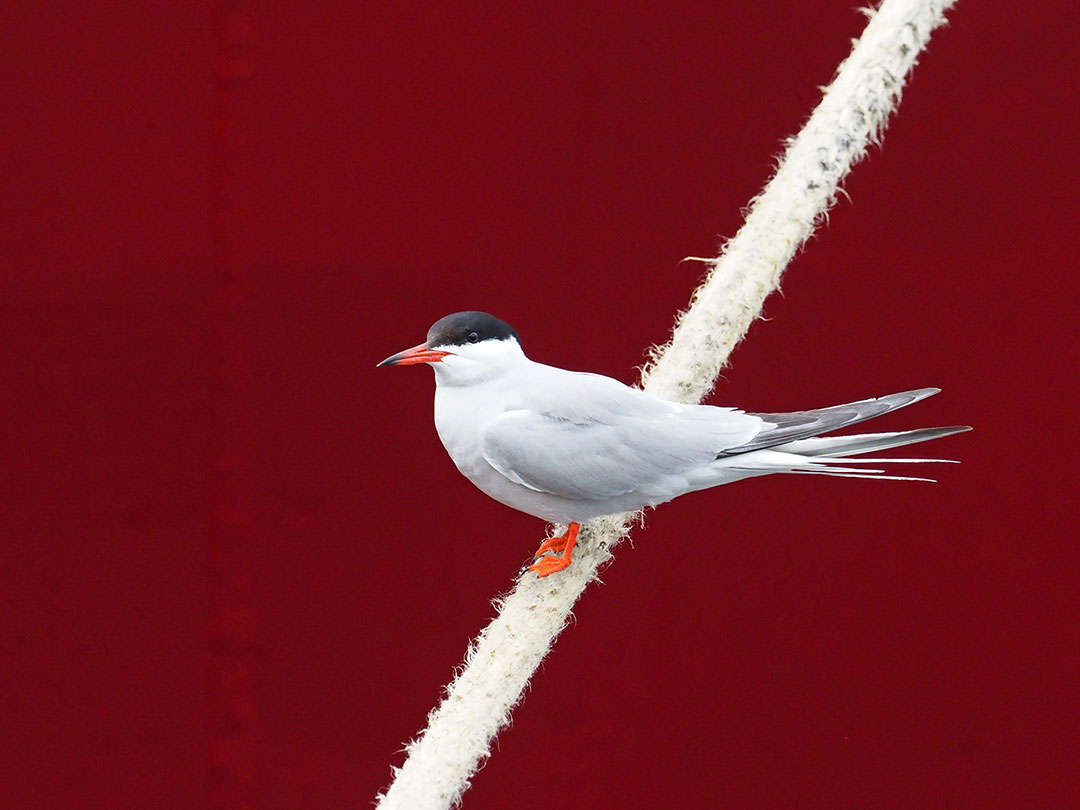
(Common Tern against Red Ship, Lerwick, Shetland)
I recall a time rarity birding on the Scillies in my early twenties and seeing the pap-style bird photographers in action – there was a real buzz for getting ‘the shots’, which convinced me to get a large telephoto lens and tripod myself and join them. My highly competitive streak is something that often drives me in search of rare and scarce birds, striving to get the best images. Having them chosen for publication is so rewarding, and has been a massively enjoyable aspect of my photographic journey.

(Sanderling feather detail, Shetland)
Prior to moving to Olympus, I had worried how a total photographic gear and system change might affect my work, dropping a little in focal length and moving to a totally new, micro four-thirds mirrorless system. However, I was thrilled with the changeover, and having rarity images published within a month of changing to the new system further confirmed the positivity of this move for me. What was perhaps lost in focal length has been gained in so many other ways, not least the image quality and the amazingly lightweight and weather-proof versatility of the equipment. I currently use the OM-D E-M1X camera body which I find incredibly comfortable in the hand, balanced nicely with the M.Zuiko 300mm F4.0 IS PRO telephoto lens with MC-14 converter for nearly all my bird photography.
I do little post-processing, preferring the natural look, and spend my time on my composition and understanding light, getting the feel for an image while it happens. I often use low angles, low focal ranges and neutral, overcast backlighting to create my most pleasing works. Spending time with my subjects to better understand their movements and behaviour is often key to a successful image.
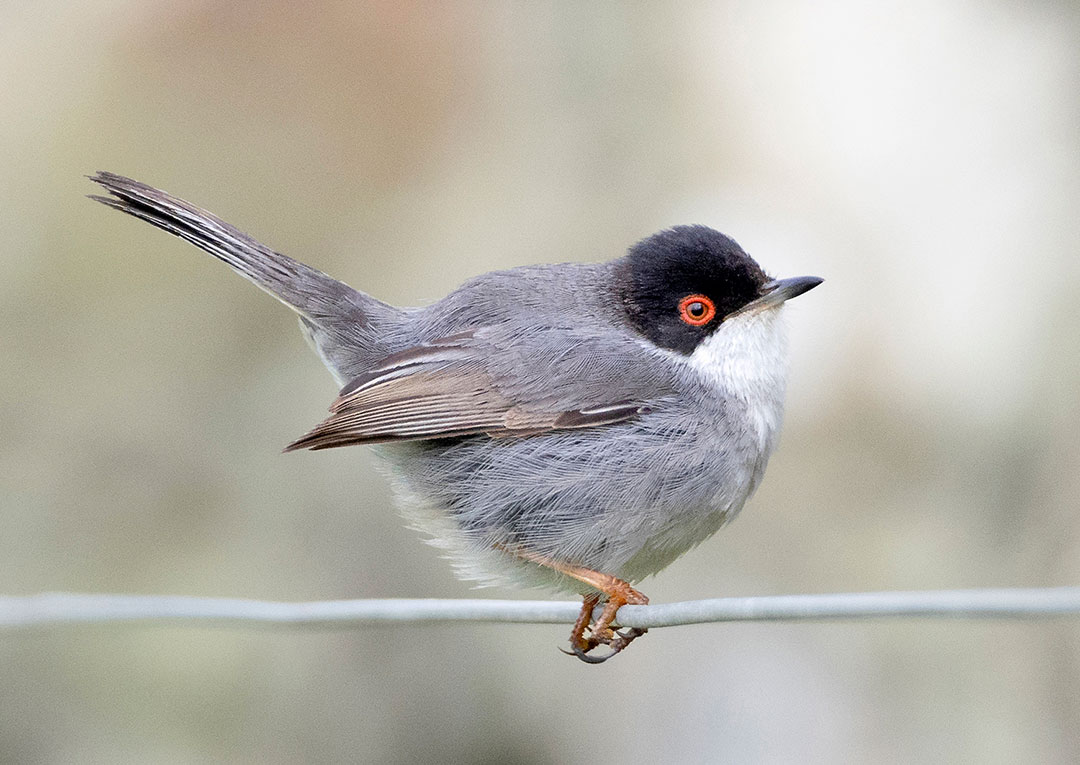
(UK Rarity: Sardinian Warbler, Sumburgh, Shetland)
The time of day, and of course the weather, can really affect the results of your photographs, too. On Shetland – where I live – in particular, rare birds often turn up in low or poor light conditions. I often head out for a rarity with my manual settings already poised at ISO 1600 with my f-stop at a F5.6 – the smallest depth of field attainable with the 1.4x converter on the 300mm lens and my preferred depth of field anyway for a rarity – maximising the shutter speed capabilities. If you get the head in pin-sharp focus, the bird can appear to really stand out against a nice out-of-focus backdrop, creating a really punchy image.

